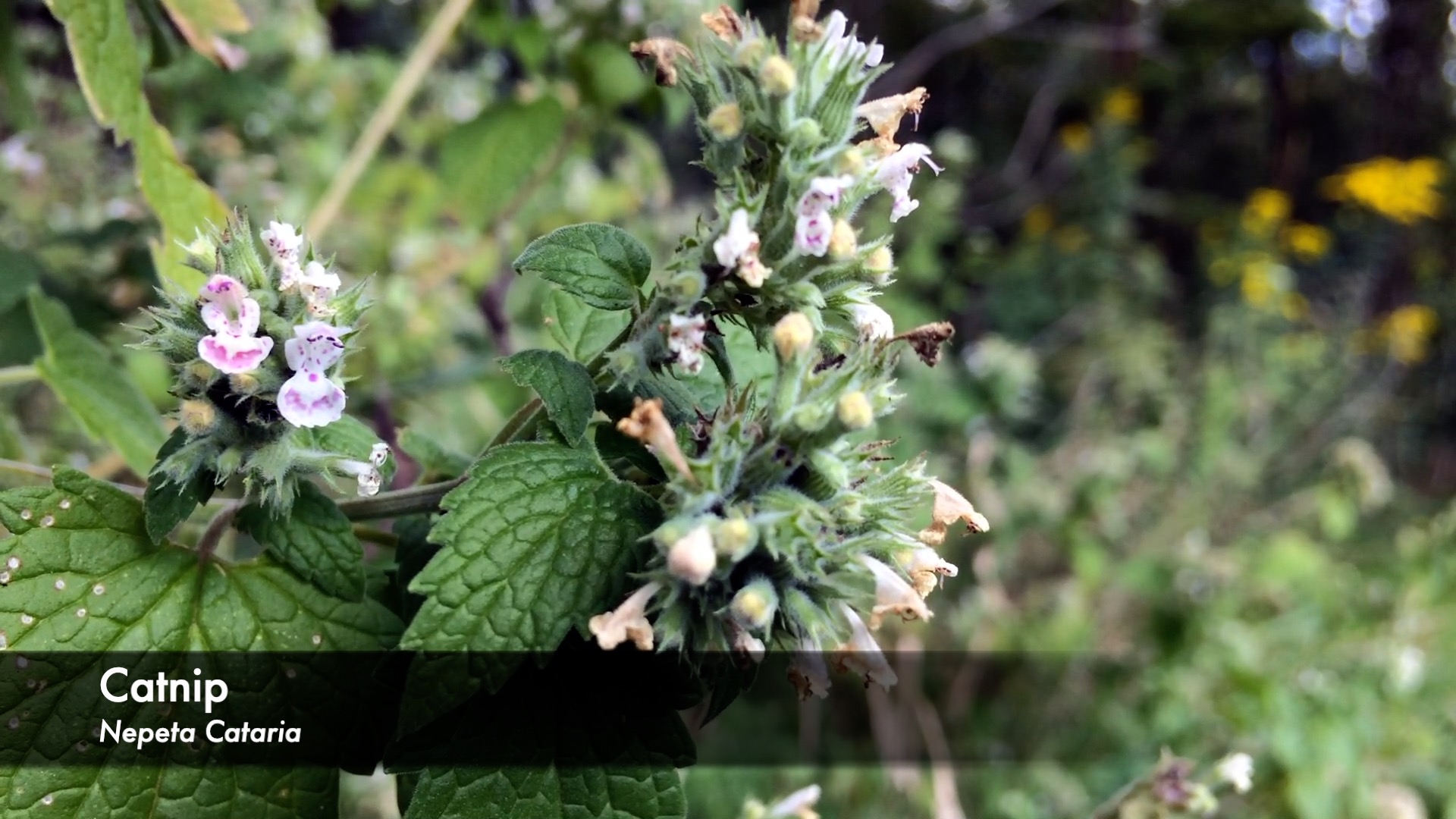Wintertime in the north is often seen as barren: birds fly south, animals go into hibernation, plants die or drop their leaves and go dormant. The landscape often looks grey, empty, and bleak. However, for the adventurous naturalist, winter can be as great a time of learning and discovery as other seasons. It is possible to practice plant identification in the winter; in fact, I encourage it! Learning to recognize plants year-round is a valuable skill that helps improve your foraging practice. To that end, I have created a short guide on getting started with winter plant identification! Unfortunately I can’t provide a comprehensive manual to identifying every single plant you’ll find in winter, but I can provide general guidelines and recommend resources to learn more.
Read MoreI’m honored to have appeared on Food Freedom Radio today with renowned forager and author Sam Thayer and host Laura Hedlund. Watch the interview above, or if you live in the Twin Cities area, tune into AM 950 this Saturday at 8am!
Read MorePart two of winter foraging! Like the first part, this video is less focused on detailed plant identification and more stream-of-consciousness general information. It's meant to show the diversity of wild edibles you can forage in the winter, and get you excited about trying it yourself!
Read MoreI frequently get questions about winter foraging, so here is a short video going over some of the things you can find during the cold months. This video is less focused on identification and more meant to be a source of inspiration for you to get out there and start exploring!
Read MoreOne of the joys of living in a city, for me, is spotting and observing wildlife that calls this environment home. This includes animals like squirrels, hawks, wild turkeys, deer, and foxes, but also plants, insects, fungi— any living thing that dwells here of its own accord. Even things planted by humans— such as trees in a park, veggies in a garden, or wildflowers in a restoration site— bring me feelings of happiness.
This, of course, extends to foraging as well. I love finding plants toughing it out in sidewalk cracks or vacant lots, little bits of wilderness in a human-dominated landscape. However, just because I enjoy seeing them doesn’t necessarily mean that I harvest and eat them! Some plants are better left alone, as the soil they grow in may be contaminated, posing a health threat to anyone who would consume them.
Thankfully, there are a few guidelines to avoiding contamination and enjoying the harvest of an urban environment!
Read MoreHello!
This is Maria, founder of Four Season Foraging, inviting you to participate in an exciting new endeavor! I’m guessing that you love reading about wild edibles. You probably also enjoy video tutorials on collecting wild foods. You would likely want to be part of a foraging community and receive personalized tips and skills. If this rings true, read on!
Read MoreHackberry season is just around the corner! I have seen tons of trees bearing fruit around the Twin Cities. Watch this video to learn how to harvest this tasty and nutritious food!
Read MoreLearn more about purslane and other common wild edibles at my upcoming web event, Eat Your Weeds! Registration closes Friday, July 27th at 12pm, so reserve a spot today!
Purslane (Portulaca oleracea) is a common plant of open, sunny areas, such as gardens, yards, and roadsides. It’s not picky about its habitat— you can find it growing in gravel, sidewalk cracks, disturbed soil, and other “waste places.” It is commonly found across the lower 48 states, Hawaii, and all the southern Canadian provinces.
Read MoreI've started a YouTube Channel! I am in the process of migrating my Vimeo videos over. I will also have some new content in the next few weeks! Please visit the channel and like, subscribe, and ring the bell for notifications. Thank you!
Read MoreI am migrating my videos over to YouTube! Please go like and subscribe!
Read More









